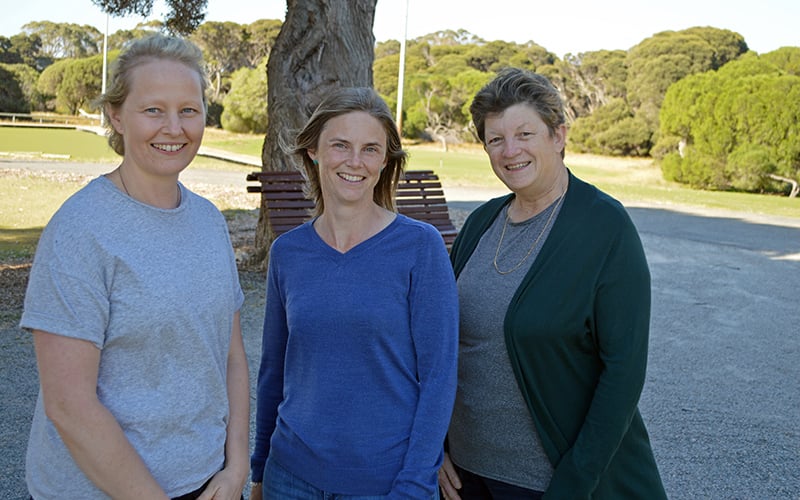Search

The Wal-yan Respiratory Research Centre conducts research into a wide range of childhood respiratory disease areas.

News & Events
Lots to celebrate as Wal-yan Respiratory Research Centre turns 2As the Wal-yan Respiratory Research Centre turns two, the Centre celebrates its achievements and thanks everyone involved in the work of the Centre.
Contact the ASAVI team

Our Children’s Respiratory Science team is currently seeking research buddies to provide a community perspective on research into childhood asthma attacks.

News & Events
Preterm respiratory researchers share what World Prematurity Day means to themPreterm researchers Dr Shannon Simpson (left) and Professor Jane Pillow (right) with Tony Sparks WA chairperson Amber Bates.

News & Events
AERIAL allergy and asthma study celebrates recruitment of final babyThe AERIAL study, in partnership with The ORIGINS Project, endeavours to understand if exposures during pregnancy and early life can affect the cells lining the airways in newborns, and whether this is associated with the development of wheeze, allergy and asthma later in childhood.

Mucus accumulation in the lungs precedes structural changes and infection in children with cystic fibrosis. Abstract Although destructive airway

Assessment of early lung disease in young children with CF: A comparison between pressure-controlled and free-breathing chest computed tomography

Alpha-1 Antitrypsin Mitigates the Inhibition of Airway Epithelial Cell Repair by Neutrophil Elastase Abstract Neutrophil elastase (NE) activity is
Bile signalling promotes chronic respiratory infections and antibiotic tolerance Despite aggressive antimicrobial therapy, many respiratory
